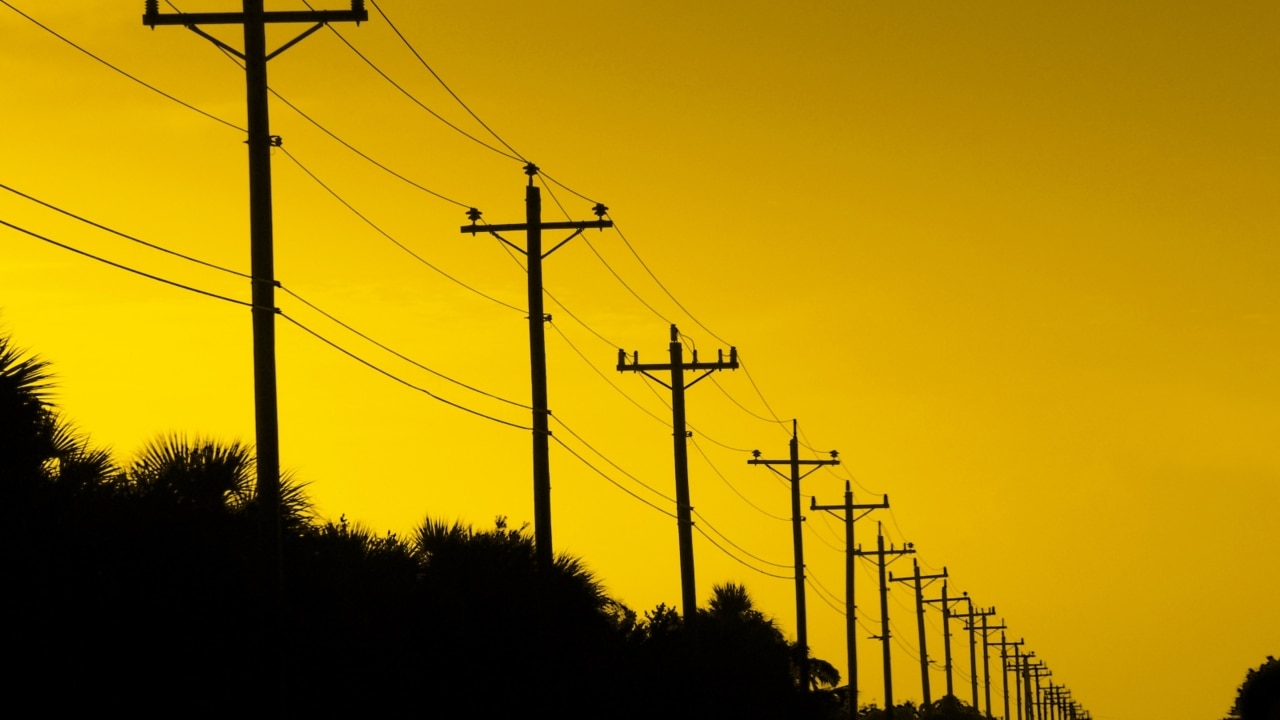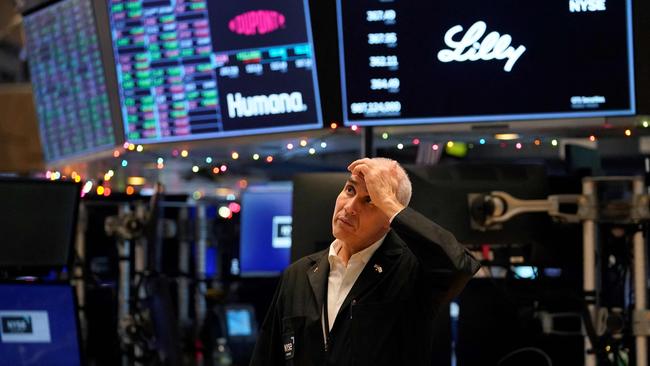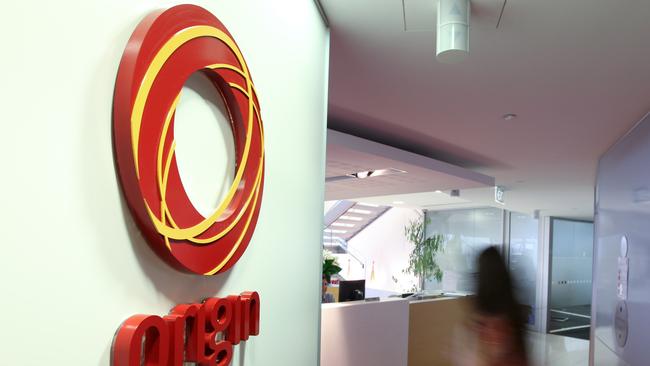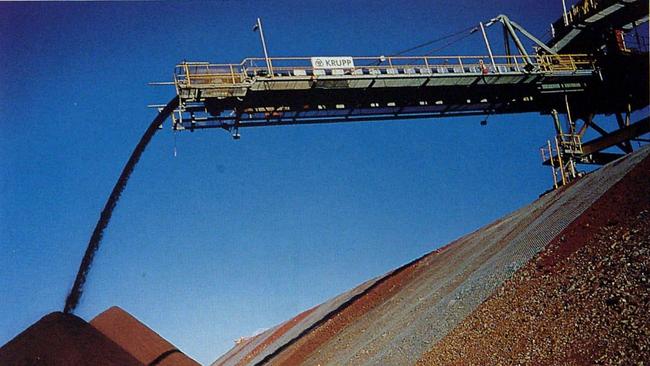ASX 200 tipped see plenty of takeovers in 2023 after a sluggish year for floats
Bankers and lawyers have divergent views on what it will take to revive a sluggish market for sharemarket floats, even as they tip a strong 2023 for takeovers.

Bankers and lawyers have divergent views on what it will take to revive a sluggish market for sharemarket floats, even as they tip 2023 will prove a strong year for local mergers and acquisitions.
Last year was extremely quiet for local equity capital markets (ECM) deals, with the total raised slumping to a 20-year low of $US17.4bn ($25.6bn), preliminary Refinitiv data shows. Australian initial public offerings were scant and raised just $US614.2m last year, the lowest volume in more than 22 years, mirroring a weak period globally for floats.
Some bankers are optimistic that as official interest rates plateau and investor confidence edges up, the IPO market will improve. But other market players are less confident in a near or medium-term rebound in ASX float volumes while markets remain volatile.
Barrenjoey’s joint ECM head Jabe Jerram believes the domestic IPO market can reopen in 2023, despite an expected economic slowdown.
“2022 was a challenging year for investors as central bank activity drove significant volatility. However, 2023 is shaping up to be a real stock pickers’ market,” he said.
“The macroeconomic picture is a little clearer with investors of the view that we’re nearer to both peak inflation and interest rates. Investors are sitting on plenty of cash and the IPO pipeline is strong … The combination of significant M&A activity and a lack of IPO activity over the past year has left investors with large cash piles and on the hunt for new opportunities.”
Citigroup’s head of banking, capital markets and advisory Alex Cartel has a less bullish view on the timing of the IPO market recovery. “We will need to see a return to more confidence in equity markets to see that trend turn,” he said. “In Australia, the IPO pipeline is particularly weak and there will likely be a further time lag in that pipeline rebuilding even once equity confidence starts to re-emerge.”
Gilbert + Tobin M&A partner Karen Evans-Cullen said some vendors were preparing deals on the basis that the IPO market will spring back to life in 2023.
“Often the window opening is dependent on getting one or two good raisings away and that encourages a whole lot of backlog,” she added. “There is hope that it will open up in 2023, and people are trying to be ready … I think it would be in the second half.”

Just one IPO made Refinitiv’s 2022 list of the nation’s biggest 30 ECM transactions. That was the float of mining science and software group Chrysos Corporation, which raised almost $184m, but its shares are changing hands at less than half its $6.50 issue price.
The largest secondary raising was executed by ANZ at $3.5bn, followed by issuance from Atlas Arteria, Carsales.com and Stanmore Resources – in all four cases to pursue acquisitions.
Goldman Sachs’ local head of M&A Marissa Freund said given challenges in funding markets in 2022, some acquirers were considering “over-equitising” transactions with the intention to refinance once funding conditions improved.
“Australian investment-grade cost of debt has gone from 1-2 per cent to circa 5-6 per cent since the start of 2022 – this is largely driven by base rates, but credit spreads have widened too,” she added.
“We expect the Australia/New Zealand financing market to continue to be supportive for M&A, albeit with heightened focus on debt servicing.”
Asked about how private equity sellers into the IPO market may fare, given heightened scrutiny of their deals, Mr Jerram said: “For private-equity owned companies of a certain size and maturity, the ASX remains a very attractive option.
“As always, investors will be discerning on specific opportunities and want to ensure that sponsors maintain a healthy amount of ‘skin in the game’ to align interests.”
He admitted there remained “a gap” between price expectations of investors and IPO vendors, but said markets tended to adapt “quite quickly” to new circumstances.
Fund managers will closely assess the February ASX profit reporting season, after which some IPO candidates may brave the float runway.
In M&A last year, among the largest transactions announced were Brookfield and EIG’s $18.4bn tilt for Origin Energy, BHP’s $9.6bn offer for OZ Minerals, Perpetual’s bid for Pendal and ANZ’s agreed deal to buy Suncorp’s bank. ANZ requires approval from the competition regulator and federal and state governments to get the transaction across the line.
Citi’s Mr Cartel highlighted the energy transition as a “global megatrend” that would further drive deal activity in 2023, after locally spurring bids for Origin and OZ Minerals.
“ESG (environmental, social and governance) activism, as seen by the likes of Mike Cannon Brookes’ stake acquisition in AGL and subsequent board shake-up, has also moved to the mainstream and we could well see more activism in 2023,” he said.
“Outside of this, our pipeline indicates that there will be a continuation of activity in infrastructure, metals and mining – future-facing commodities in particular – and technology.”
Refinitiv’s preliminary data shows announced M&A of Australian targets tumbled almost 60 per cent to $US91.3bn in 2022, following record activity the prior year.
That marked the lowest annual total since the pandemic-impacted 2020, when $US60.8bn in transactions were announced, but last year still eclipsed 2019, which had $US69.2bn in announced deals. The busiest sectors were energy and power, technology and financials respectively, according to Refinitiv.
Private equity-led takeovers declined 72 per cent to $US20.7bn in 2022, compared to the prior year.

That total was markedly higher, however, than volumes in 2020 and 2019.
Including outbound Australian deals, announced M&A amounted to $US145.4bn in 2022, less than half 2021’s record $US384.2bn.
Goldman’s Ms Freund labelled last year as solid for M&A.
She sees strong prospects for 2023 if there is a stabilisation of macro-economic conditions and financing markets. “2022 announced M&A volumes were still 1.2 times the five-year average,” she said.
“While macro uncertainty is expected to weigh on announced M&A volumes in the short term, a number of structural underpinnings remain and so we expect another busy year in 2023.
“If macro clarity emerges and financing markets begin to normalise, there is no reason why (2023) M&A volumes can’t surpass the levels seen in 2022.”
Barrenjoey’s joint head of industrials Luke Bentvelzen is also positive about 2023, but he is not expecting a cracker year.
“We see the wall of private capital waiting to be deployed, coupled with macro-economic industry change as the basis for robust M&A conditions, although activity levels are more likely to be consistent with longer-term averages rather than 2021,” he said.
Private capital includes superannuation and infrastructure funds and private equity. The latter has been constrained somewhat by the higher cost and availability of debt funding.
Mr Cartel said: “Despite more challenging debt markets, we are seeing sponsors remain active, but with a deal focus more around the $500m to $1bn range – which is more readily financeable.”
He expects 2023 to be a strong year for deals, with a potential rebound in the second half.
Gilbert + Tobin’s Ms Evans-Cullen expects the technology sector to be busy in 2023 for M&A, alongside the mining and resources industries.
She believes transactions in the energy sector will more difficult given the federal government’s intervention and gas price caps.

“They are investing over huge time frames, 20-30 year investment cycles, and if you don’t have certainty about what the government’s regulatory framework is going to be and the policy framework then it does make it challenging,” Ms Evans-Cullen said.
“It will be interesting to see whether the Origin deal goes ahead and on what terms.”
Origin on December 21 told the ASX its suitors were “on track” to complete due diligence early in 2023, and had not identified any “material adverse matters”.
Exclusivity was extended until January 16.
Separately, Ms Evans-Cullen noted small improvements in recent weeks in Australia-China relations may also eventually feed through to inbound M&A activity.
“If there starts to be a little bit of a thawing … that may create opportunities,” she said.
With a slowdown in the domestic economy expected as three percentage points of rate hikes temper demand, some bankers expect an increase in takeovers of distressed companies.
That comes as the Australian Taxation Office and other creditors pursue debts following the Covid-19 reprieve.
“We do expect that at the smaller end of the market, sectors more exposed to the economic cycle or with excessive cash burn may drive distressed and opportunistic deals,” said Barrenjoey’s Mr Bentvelzen.
“Larger cap companies generally have strong balance sheets and plenty of headroom in their interest cover covenants protecting them from these macro-economic headwinds.”
Ms Freund doesn’t expect a significant rise in distressed M&A, given corporate balance sheets were “much more robust” than in prior downturns, but she noted some sectors would be prone to opportunistic bids.
“We have recently seen a number of opportunistic approaches in recent months – notably in the tech sector – and we expect to see this theme continue,” she added. Ms Freund noted that during periods of sharemarket weakness takeover premia tended to be higher than a 10-year average of 39 per cent.
Mr Cartel had a similar view. “Sometimes after sharemarket downturns, we see higher than usual premia paid to get deals done, this is often also a result of target shareholders and boards focusing on the 52-week historical share price high as a relevant benchmark.”
Huge deals of $5bn or more will be less prevalent in 2023, according to Ms Freund, who said boards had a lower risk appetite and that would weigh on their propensity to make “very big bets”.
Mr Bentvelzen said large companies with strong balance sheets would be able to pursue mega deals, but debt financing would be harder and more expensive for private equity firms.



